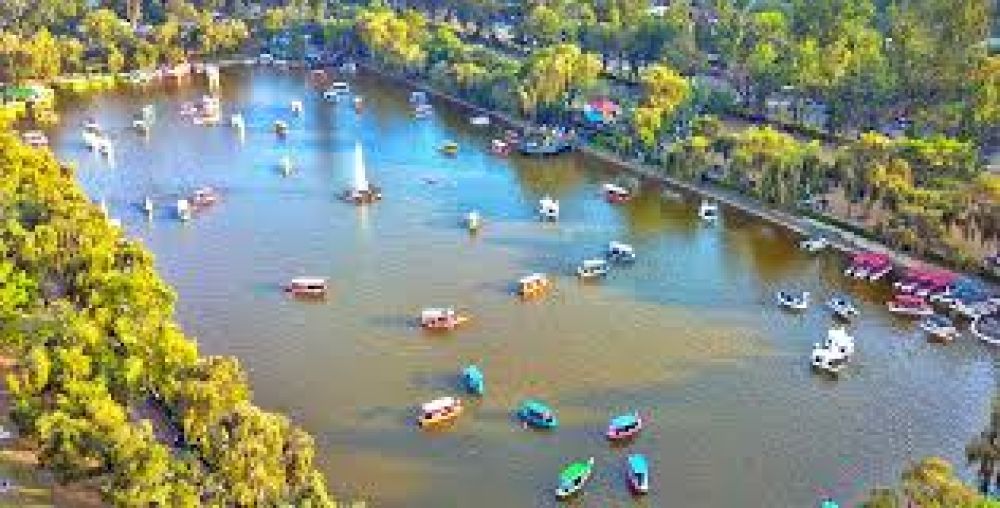

Nestled in the heart of Baguio City, the Summer Capital of the Philippines, Burnham Park remains a timeless attraction that has captivated visitors for over a century. Its inception traces back to the city’s foundation when the American architect and urban planner, Daniel Hudson Burnham, laid out the plans for Baguio in 1905. The park was named after him to honor his vision for the city as a haven of relaxation and recreation amidst the lush pine forests of the Cordillera region.
In the early 1900s, Baguio City was designed as a hill station for the American military and expatriates living in the Philippines. Burnham Park quickly became the centerpiece of this retreat destination, showcasing a man-made lake, beautifully landscaped gardens, and wide open spaces meant for leisure and gatherings. The park’s urban design also included areas for sporting events and an orchidarium, each contributing to Baguio's reputation as a diverse and inclusive leisure spot.
Since then, tourism in Baguio City has flourished, with Burnham Park remaining a must-visit location. Tourism peaked during the American colonial period and continued to thrive post-independence, further increasing when the Philippines experienced economic growth and increased mobility in the late 20th century. A surge of visitors, both local and international, began to flock to the city, especially during summer months to escape the heat of the lowlands, making Baguio a premier tourist destination in the Philippines.
Recent Tourism Trends
With the rise of the digital age and social media influencing travel, Burnham Park has adapted to new trends. Tour operators and local vendors offer Instagram-worthy experiences and photo opportunities. Eco-tourism has also become a priority, reflected in the maintenance of the park's green spaces and the promotion of activities that encourage environmental awareness among visitors.
Another emerging trend is experiential travel, with tourists seeking authentic and memorable experiences. In response, cultural events and festivals showcase the rich heritage of Baguio and the Cordilleras, drawing an increasing number of culture enthusiasts to Burnham Park.
Travelers today are also looking for a more holistic approach to vacations; therefore, wellness tourism has seen an uptick in Baguio City. The cool climate and serene environment of Burnham Park provide an ideal setting for yoga, meditation, and other wellness practices. Moreover, the "creative city" recognition of Baguio by UNESCO has encouraged artistic and cultural activities within the park, adding another layer of attraction for tourists.
In conclusion, Burnham Park's allure lies not only in its rich history but also in its ability to evolve and cater to the changing trends of tourism. It remains a testament to Baguio City's enduring charm and its significance as a landmark of Philippine tourism.
Whether you're seeking tranquility, adventure, culture, or simply a place to create lasting memories, Burnham Park and Baguio City await with open arms.